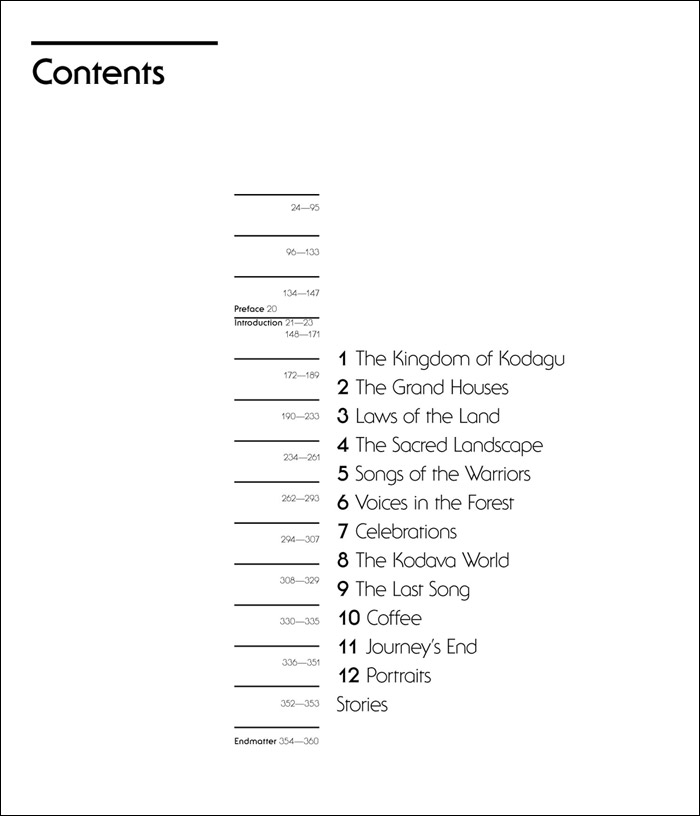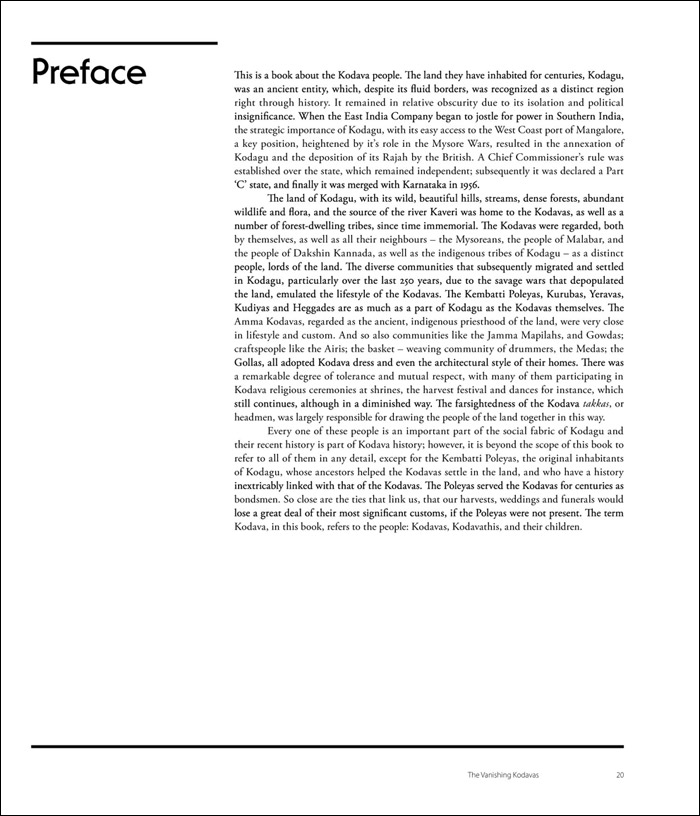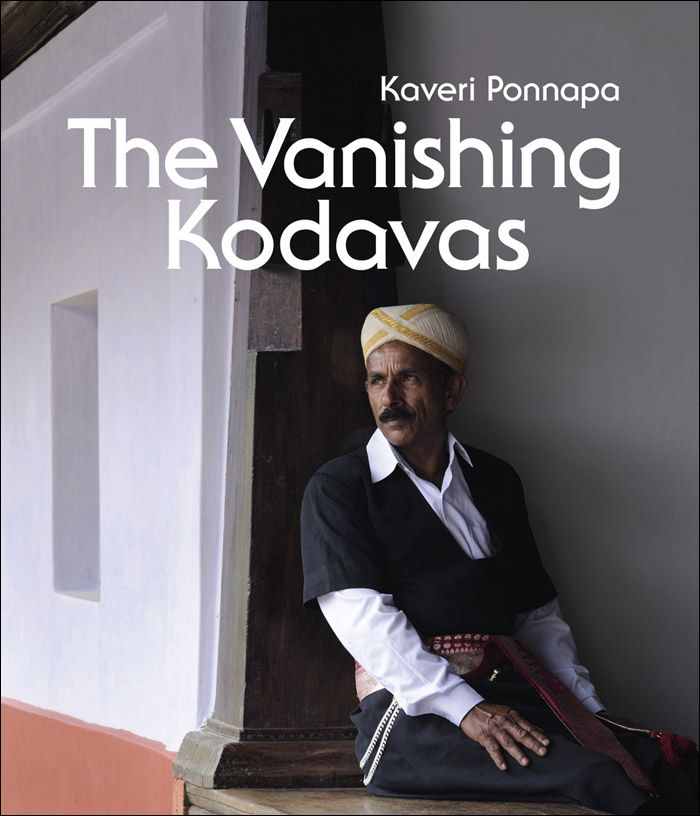Structured into clans the Kodavas, were ruled through their early history by their own chieftains, and later, by a dynasty of Lingayat kings, supported by the chieftains, who were the real power base in the country. They had a sophisticated and extremely efficient system of administration that lasted well into the twentieth century. The eighteenth century was one of the most violent and dramatic periods in their history, when this tiny kingdom put up a tremendous resistance against Hyder Ali and Tipu Sultan’s attempts to conquer it, the small population always fighting against impossible odds. The strategic location of the land, between Mysore and the West Coast, commanding the heights over Malabar, led to Kodagu playing a crucial role in the defeat of Tipu by the British in the Third and Fourth Mysore Wars, and the rise of the East India Company in southern India. In a shrewd political move, the British deposed the last Rajah of Kodagu, accusing him of misrule and violent crimes, and annexed the kingdom in 1834, acquiring a region of immense strategic significance. Condemned by colonial historians as sensualists, tyrants and murderers, an opinion still largely unchallenged by contemporary works, history has glossed over the extraordinary relationship of mutual dependence that existed between the Kodava people, and the Lingayat rulers. This book offers new perspectives, using additional records and voices.
Using folklore, songs, stories, oral histories and historical records, diaries and letters, this book explores the history of the people, and offers another perspective on the years leading to the annexation of Kodagu. Giving expression to multiple voices, this book portrays a disappearing way of life, to capture a glimpse of the collective experience and events that made the Kodavas the people they are, and the importance of preserving the identities of all small cultures in the twenty-first century. The easy narrative style of the book makes it accessible to a wide readership, supported by rich visuals. The author made repeated field trips over several years to many locations, following festivals over repeated cycles, recording the most significant and dramatic moments, and secured the permission of the community, before the photographs were taken. The serious research that has gone into the book makes it an important reference work on a fast disappearing culture, and a base for further academic studies.
The author studied at Lady Shri Ram College, New Delhi and then took a Master’s Degree in Social Anthropology at the School of Oriental and African Studies, London. She has dedicated 15 years to researching and writing this book. She has been an independent writer for almost three decades, and her articles appear in leading publications.




